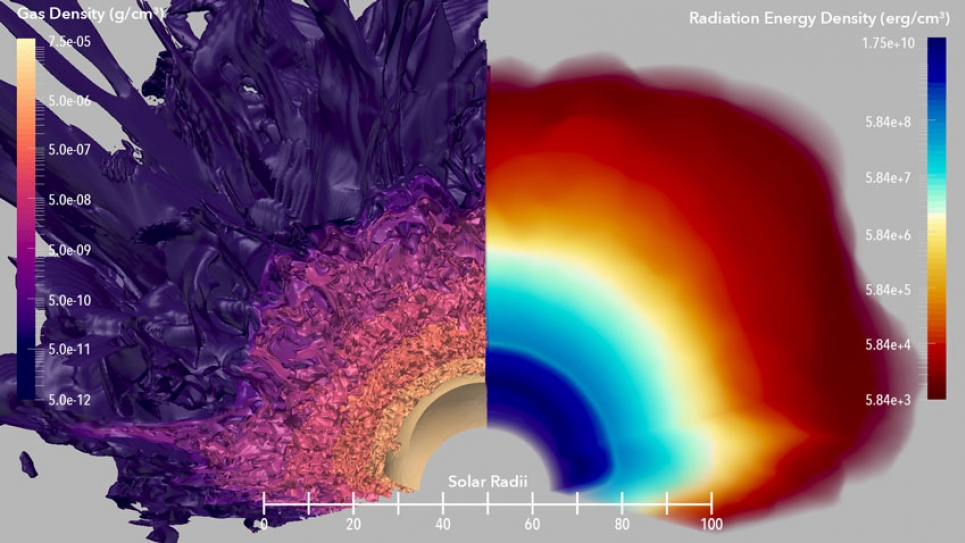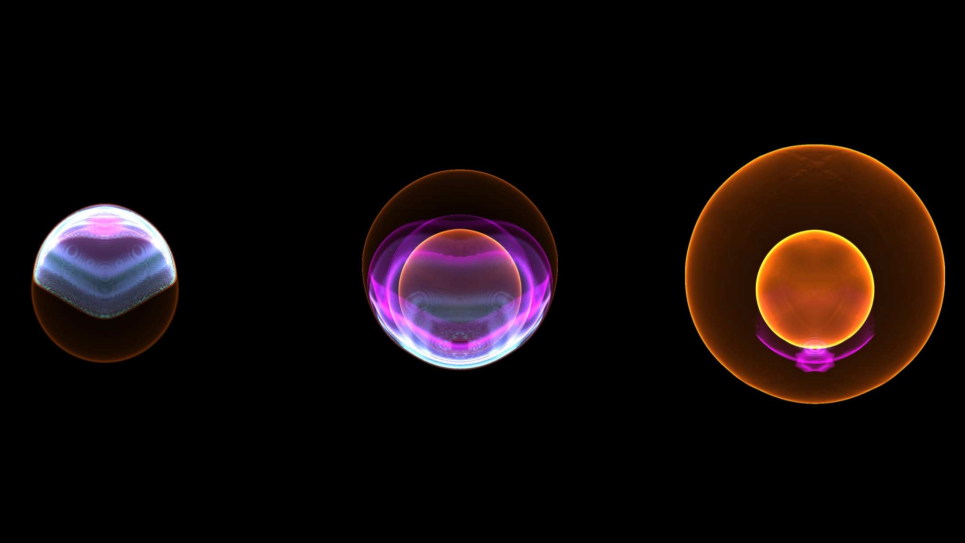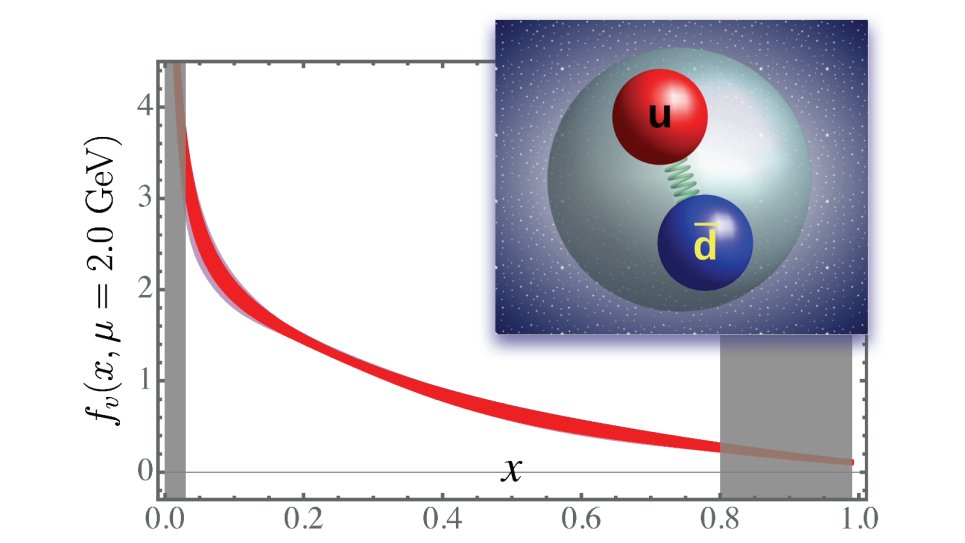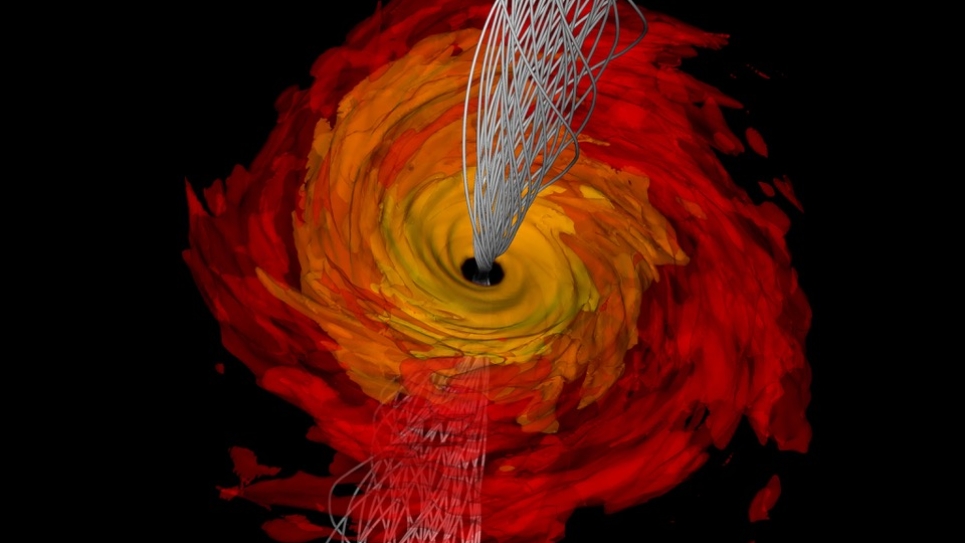
Global Radiation MHD Simulations of Massive Star Envelopes
Massive stars play an important role in many astrophysical environments, but poor understanding of mass loss is one of the biggest uncertainties in massive star evolution. Winds from these stars depends on surface layer structure, including the effects of hydrodynamic and/or magnetohydrodynamic (MHD) instabilities that can only be understood via 3D global radiation MHD simulations.
Using the unique radiation code Athena++, the team will conduct these simulations to study the global structure of the gaseous outer layers, or envelopes, of massive stars. Higher resolution near the iron opacity peak— increases in opacity due to atomic transitions of iron—resolves 3D turbulent structures due to convection; and relatively lower resolution at large radii captures the extended envelope and radiation driven outflow. These researchers hope to capture the photosphere within the simulation to predict observational properties directly.
These multidimensional simulations will dramatically improve understanding of the surface layers of massive stars, including mass loss via radiation-pressure driven winds. Results will be incorporated into 1D stellar evolution models to create more realistic massive star models, significantly improving our understanding of their structure and evolution, and lead to more realistic pre-supernova progenitor models for use in simulations of core-collapse supernovae.


